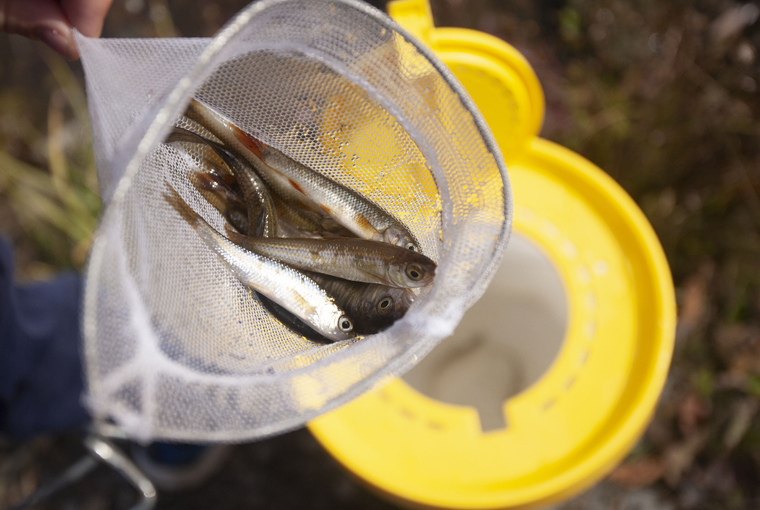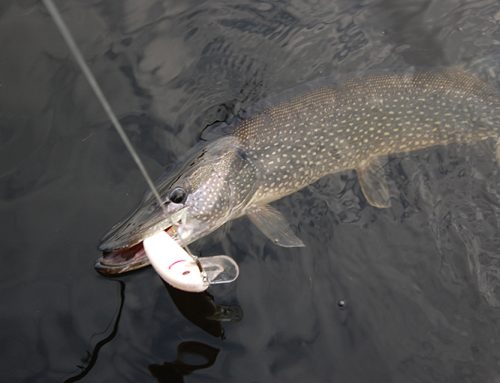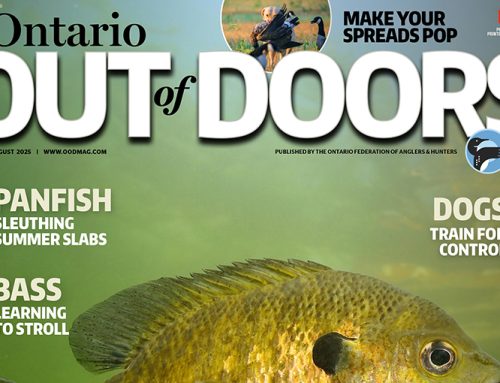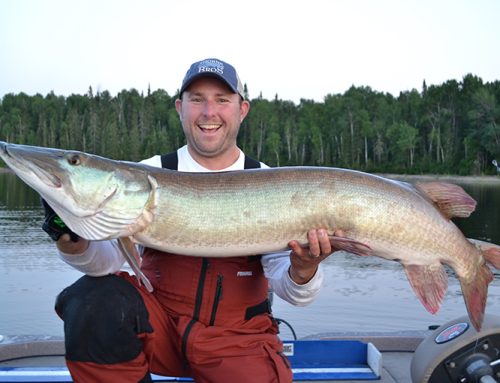
Ontario will establish four bait management zones to limit the movement of live bait after finalizing a bait management strategy first proposed last fall.
It aims to protect the province’s lakes and rivers from the threat of invasive species and fish diseases and comes after extensive consultation, the province announced on Monday, July 20.
“It is critically important to protect and preserve our lakes and rivers for people to enjoy for generations to come,” Ministry of Natural Resources and Forestry Parliamentary Assistant Mike Harris stated. “This new strategy will go a long way towards reducing the risk of spreading aquatic invasive species and fish diseases that pose a serious threat to our fisheries and biodiversity. This initiative will also help us increase business certainty for the commercial industry that relies on bait.”
Zones aim to stop spread
Live bait that is harvested in one area of the province is often shipped, sold, and later used in another region. If unused bait is not disposed of properly, invasive and other illegal bait species that may be mistakenly mixed in with the bait, or fish infected with disease, have the potential to establish new populations or infect other fish in the new waterbody.
The bait management zones aim to prevent the spread of invasive species and fish diseases through the movement of live bait. This will limit the movement of most bait to the same bait management zone where it was harvested, officials stated.
Individual anglers who wish to use live bait outside of their own bait management zone will be required to purchase bait from a licensed commercial bait operator in the zone where they will be fishing. Anglers will be required to retain their receipt, as well as use or appropriately dispose of the bait within two weeks of purchase.
Smooth transition ensured
“Our government is committed to protecting the province’s lakes and rivers while ensuring the baitfish industry can continue to thrive,” MNRF Minister John Yakabuski stated. “We will continue to work with industry and key stakeholders to implement the bait management policy to ensure a smooth transition.”
The final Sustainable Bait Management Strategy, posted on the Environmental Registry of Ontario, is a result of extensive engagement with bait operators, stakeholder groups, the public, and Indigenous communities, officials stated. They provided input on key elements related to the use and movement of bait, the type of bait allowed, and administrative improvements.
Ontario’s bait industry is estimated to be worth $23 million per year. Anglers spend more than $1.6 billion annually in Ontario and support jobs in many rural and northern communities that depend on recreational fishing, officials stated.
Anglers’ compliance key
Creating additional restrictions when some anglers already refuse to adhere to existing regulations may cause setbacks.
“The OFAH fully supports action to prevent invasive species, but the restrictions need to provide tangible benefits to the resource,” said Ontario Federation of Anglers and Hunters Fisheries Biologist Adam Weir. “We aren’t convinced these new measures will achieve anything other than making it harder to get out and enjoy fishing in Ontario.”
Additional enforcement, education, and communication will aid in the strategy’s success, he further noted.






Leave A Comment